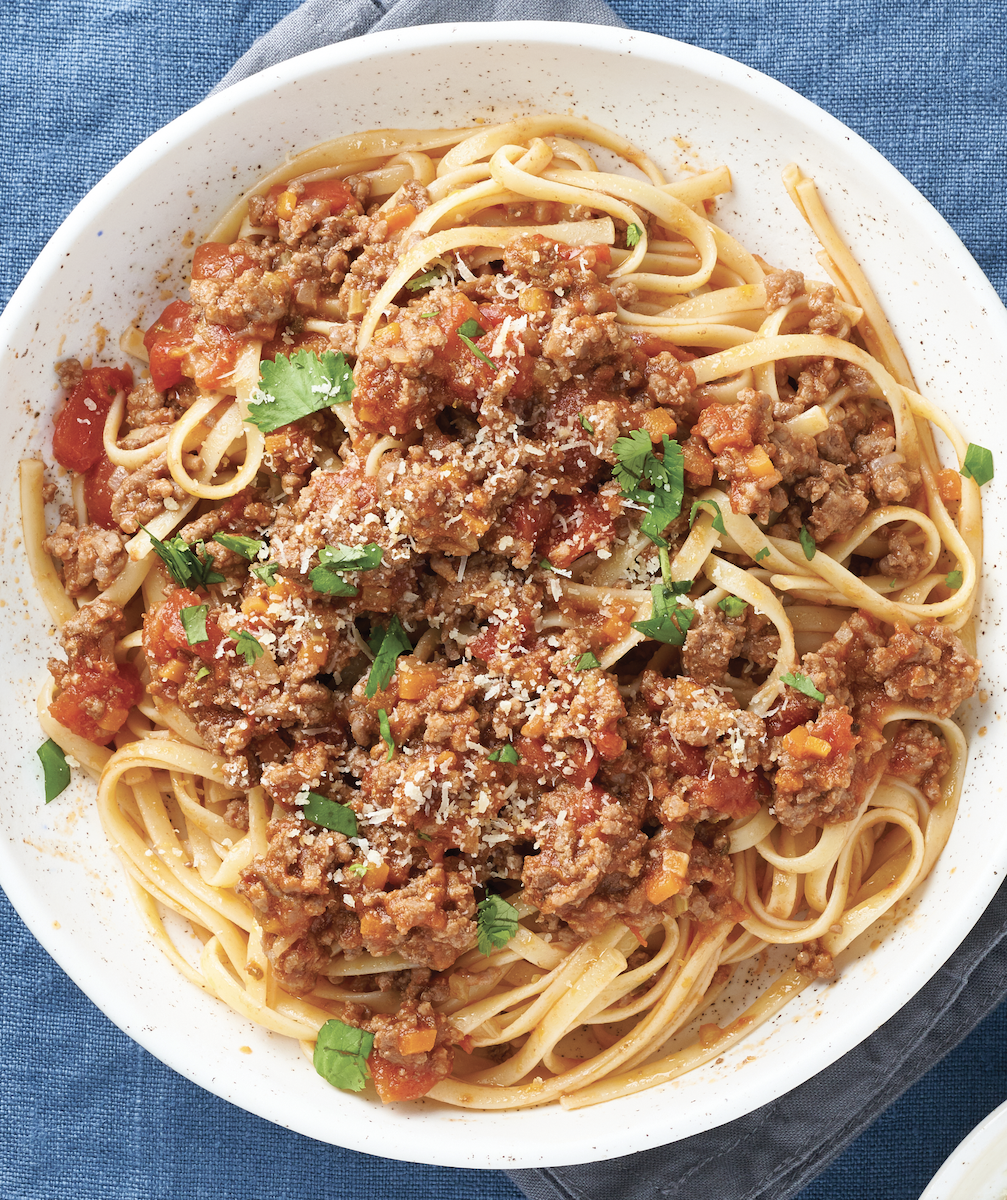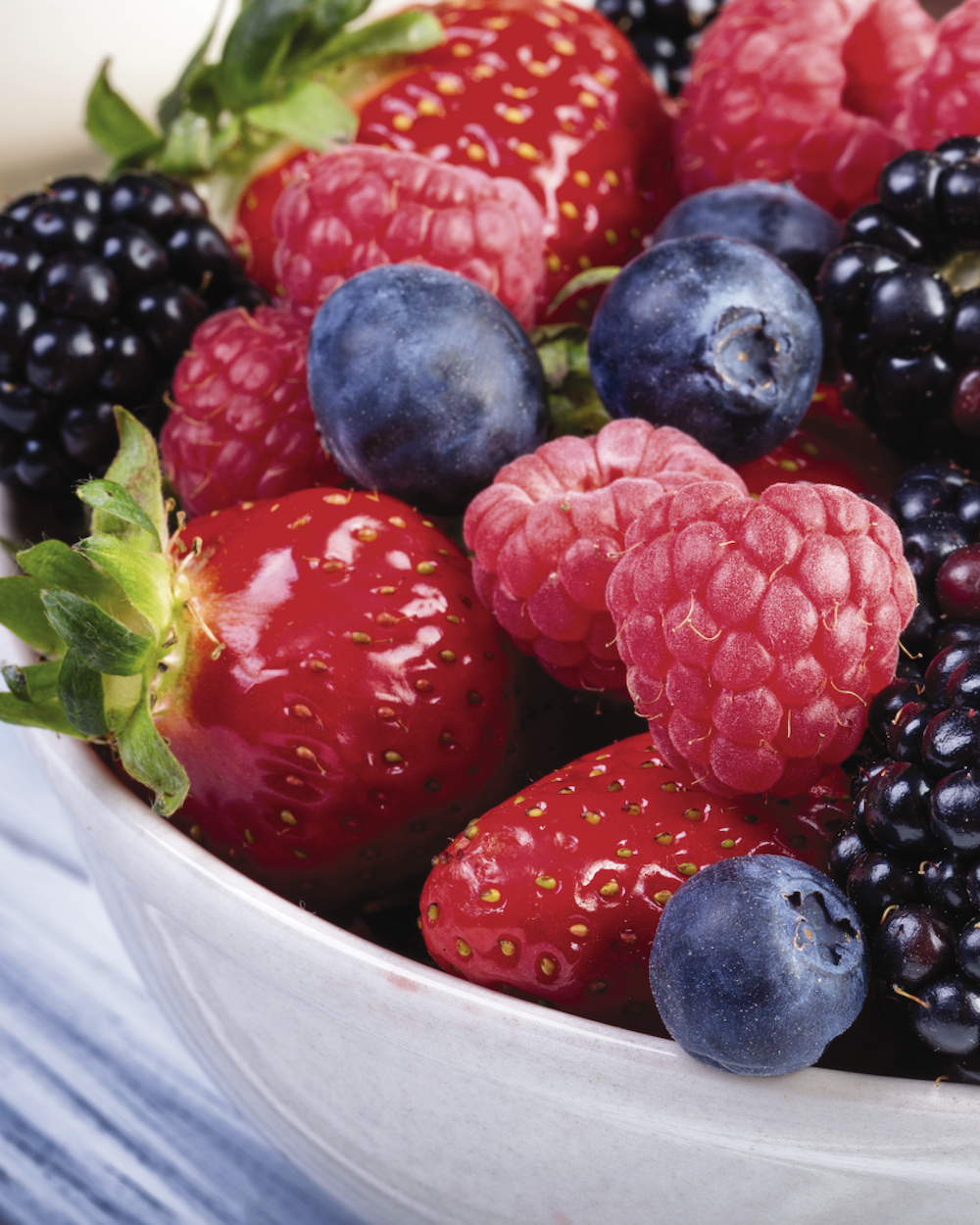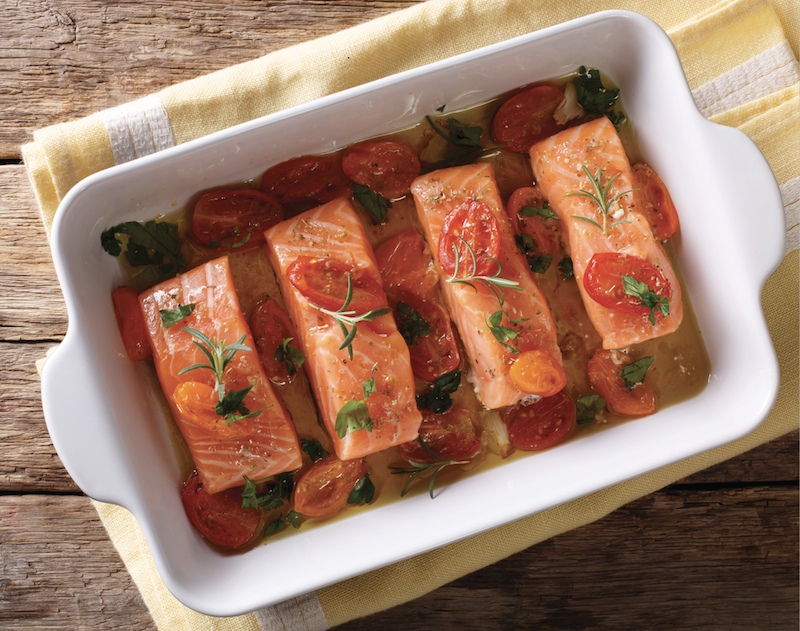Wellness
Wellness
May We Recommend

My Shopping List
+ Add to Shopping List
WELLNESS TOOLS
EATING BY COLOR
Blues
Orange
Green
White
Red
WHAT'S IN SEASON?
GLOSSARY
The What, Why and Where of Anthocyanins

When popping a sweet, juicy strawberry into your mouth, have you ever wondered about the brilliant red color of it? What makes blueberries so blue, or red raspberries so red? The answer lies in antioxidant flavonoid compounds that lend color to fruits, plants and vegetables: plant pigments. One group of these coloring compounds is known as anthocyanins, and they are found in flowers, fruits, leaves, roots and stems.
The functions of anthocyanins are numerous: coloring the skins of fruits to draw the attention of animals in order to disperse seeds into nature; imparting bright red and purple colors in flowers in order to encourage pollinators; and to act as powerful antioxidants, helping to defend plants from radicals formed during metabolic processes and by UV light. Even after consumption by another organism, this antioxidant property is conserved, which is one reason why fruits and vegetables with blue, purple or red skins and tissues are a nutritious food source.
Based on preliminary studies, antioxidants are beneficial, and studies have shown that ingesting foods high in antioxidants, such as fruits and vegetables, can decrease the risk of many types of cancer. Research that has been performed on anthocyanins was presented at a 2007 symposium, on health benefits that may result from berry consumption. Scientists there provided laboratory evidence for potential health effects against:
• Aging and neurological diseases • Bacterial infections • Cancer |
• Diabetes • Inflammation |
Foods rich in anthocyanins include:
• Black Raspberries • Blueberries • Cherries • Cranberries |
• Eggplant (skin) • Red Cabbage • Red Raspberries |
So, the next time you're in the produce section, eyeing the brilliant colors of the season's finest fruits and vegetables, pick up some color for great health and excellent eating.
Similar Articles:
Tasty Recipes for a Gluten-Free Life

Incredibly delicious recipes that don't let you down!


